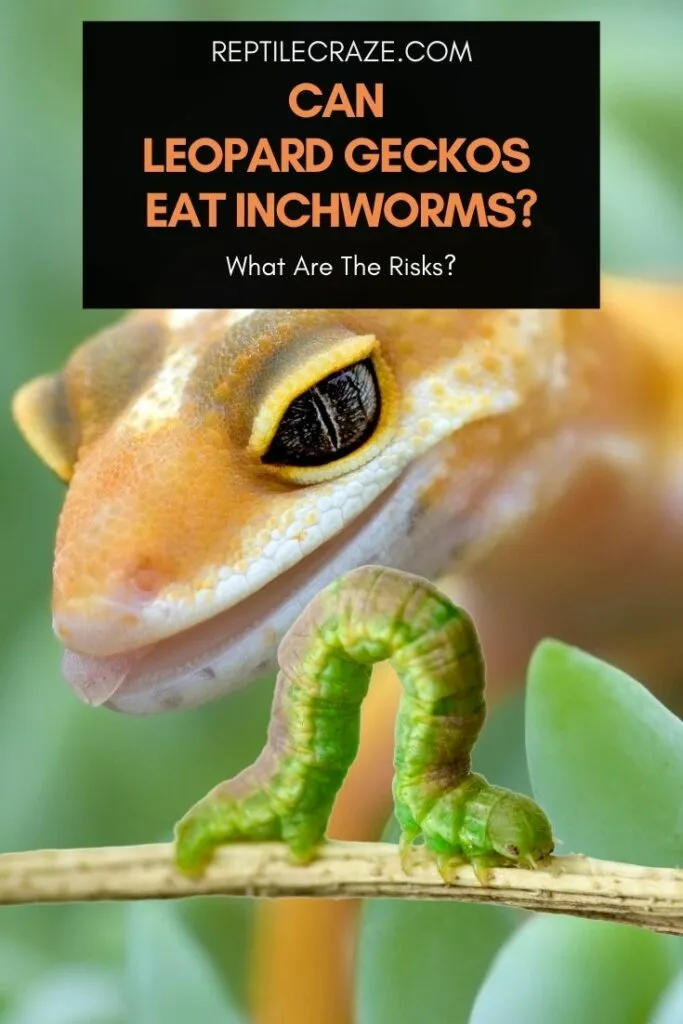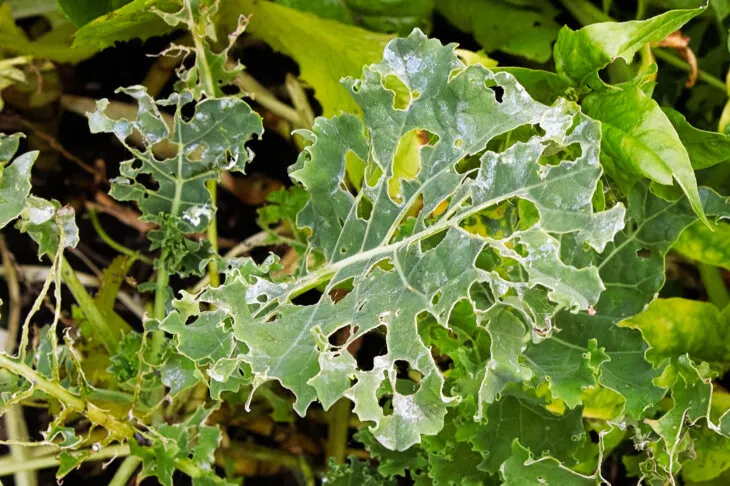
There’s a lot of controversy that surrounds feeding Leopard Geckos inchworms, so we decided to explore this topic further ourselves to see if they’re a good idea to add to your Leos diet.
While leopard geckos can eat inchworms, they are not a recommended feeder insect. Inchworms may contain parasites or pesticides and available information on their nutritional value is sparse. Therefore it is better to avoid inchworms as feeder insects for leopard geckos.
To know more, keep on reading as we will uncover in this article everything about their structure, nutrition content, and the pros and cons of feeding them to your Leo.
Table of Contents
Can Leopard Geckos eat Inchworms?
It’s not the best idea to feed a Leopard gecko inchworms. Inchworms aren’t actually worms; they are larvae that come from a species of indigenous moths.
Therefore they’re closer to caterpillars. However, often caterpillars as feed get a bad reputation due to them potentially being perceived as poisonous.
Sometimes, they are known to have tufts of stiff white hair at the ends of their bodies, releasing a potent stinging chemical that makes them dangerous for reptiles. However, with inchworms, they’re hairless, so there’s no external risk for a Leo to eat them.
Still, inchworms are wild insects and love to feed on leaves, twigs, flowers, berries, and fruits. They’re voracious eaters and will eat pretty much any plant in the wild.
This is a huge risk for owners of Leopard geckos, as there is a high chance inchworms may have digested pesticides and parasites.
Therefore making them a poisonous feed that could pose further health problems with a Leo. If you want to know what the best worms for leopard geckos are, read our guide here!

How do they differ from other feed?
The main difference between inchworms and other worms is their
They’re also significantly bigger, which could make mealtimes challenging for a Leopard Gecko to digest.
| Feed | Inchworm | Mealworm | Waxworm |
| Type of Larvae | Moth | Beetle | Moth |
| Type of feed | Twig, trees, plants and berries. | Grains and organic vegetables | Honey or sugar. |
| Legs | Three pairs at front end Two pairs at back | Jointed legs | Four pairs of prolegs |
| Size of body | Hairless body 2.5cm long | 1.25-1.8cm | 1.9cm |
| Protein content | N/A | 20% | 14.1% |
| Fat Content | N/A | 13% | 24.9% |
In comparison to other feed like mealworms, or waxworms, there is a lack of nutritional content available about inchworms online. Therefore it can be difficult to determine if your Leo is getting satisfactory nutritional requirements from their diet.
Plus, due to the limited information these feeds have, it’s hard to know both the short-term and long effects these could have on your Leopard Gecko.
Final thoughts
Overall, a Leopard gecko can possibly eat this type of feed, but the lack of information readily available on inchworms makes feeding them questionable. Unlike other caterpillars, they can be digested as they don’t release a potent poison.
On the other hand, these are wild insects, and their feed mainly consists of twigs, berries, and trees.
Therefore you can’t guarantee what pesticides will be in their
- Enchi Ball Python: A Unique and Stunning Morph of Python regius - March 27, 2025
- Emerald Tree Monitor: The Enigmatic Green Guardian of the Rainforest - March 26, 2025
- The Egyptian Cobra (Naja haje): A Fascinating Serpent - March 25, 2025
